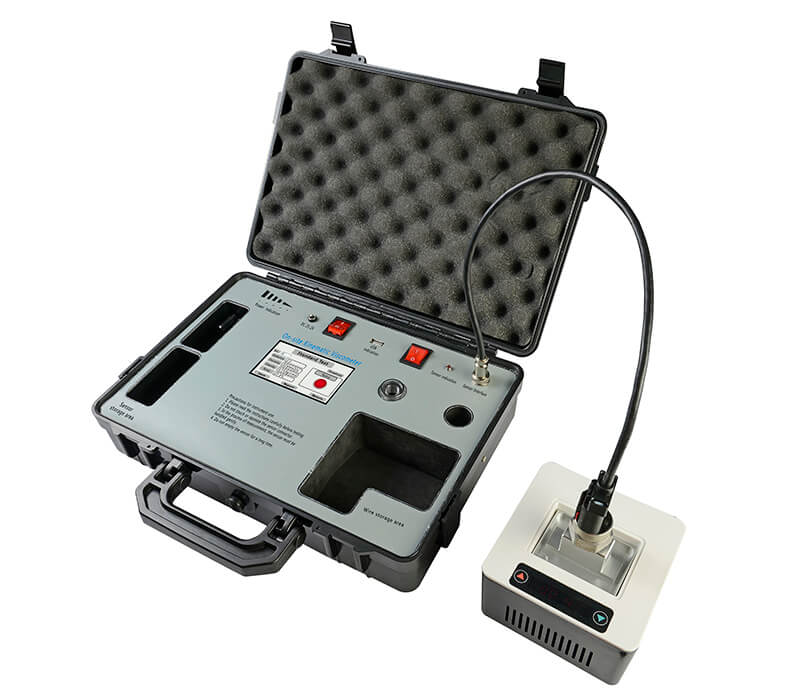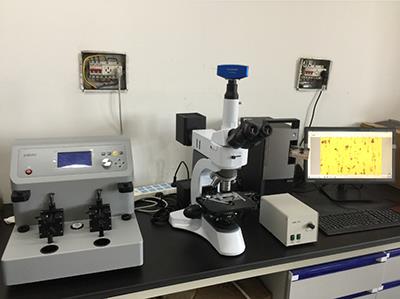When it comes to oil analysis, customers generally face a variety of choices, from simple inspections to the use of some instruments and equipment, from basic tests to comprehensive laboratory analysis. But which method is best? Which method can provide the most abundant information, so that it can detect the signs of potential failures and help diagnose and analyze them at an early stage? The answer is that all methods are okay!
Generally speaking, oil analysis projects do not rely on individual measurement data, but will use various strategies to ensure that no signs of potential failures related to lubrication are missed. Just as an auto repair engineer has various tools to deal with the problems he faces, oil analysis also needs a comprehensive toolkit to achieve the desired results.
Routine inspection
It is estimated that 80%-90% of emergency maintenance problems can be detected in the early stage of occurrence through regular mechanical inspections. When lubrication is involved, the bottom of the tank should be checked for water or sediment, and the oil level should be checked. The color and transparency of the oil. In addition, other measures, such as infrared thermometers, vibration monitoring pens, etc., can help quickly analyze and judge problems.
On-site oil analysis
It is very necessary to carry out rigorous testing on all important oil-lubricated assets on a regular basis. For larger factories, on-site oil analysis can save a lot of time and cost. It can evaluate the state of lubricants and the degree of mechanical wear. The analysis of any mechanical wear and lubrication status is useful for discovering potential mechanical failures. Can provide useful guidance. On the basis of routine inspections, combined with on-site oil analysis, most mechanical failures can be found in this way. For small-scale industrial enterprises, or those enterprises that cannot or do not want to purchase on-site oil analysis equipment, they can also take oil samples and send them to a professional third-party laboratory for testing, but the frequency of sampling and inspection should be as high as possible. , So as to make up for the “loss” caused by not being able to perform on-site oil analysis.
Comprehensive laboratory analysis
Even companies that do well in routine inspections and on-site oil analysis need more detailed laboratory analysis reports, because laboratory analysis can provide in-depth analysis of more items. For example, element analysis including the source of wear, oil condition analysis including base oil and additives, particle count and trend, viscosity, water saturation, oil cleanliness and pollution, etc.


